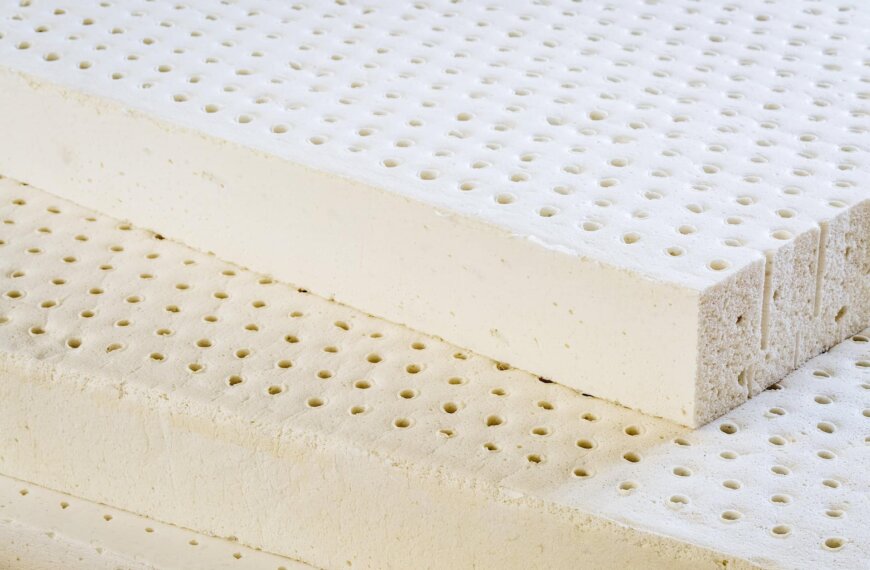Consider your options
Factors to Consider When Making a DIY Mattress
Pre-planning makes figuring out which components to use in your DIY zippered mattress a whole lot easier.

How to make a DIY mattress?
Factors That Will Influence Your DIY Mattress Plan


…planning makes it easy.
1.
Who Is The Mattress For?
A couple? A single adult? A child? A senior?
2.
Your Sleep Style/Position
Do you sleep on your back or belly? On your side? Or a combination of the above?
3.
Your Height & Weight (BMI)
A tall & thin person will need less support from their mattress than a shorter, heavier person.
4.
Any Sleep Issues?
Do you sleep hot? Cold? Have back pain? GERD/acid reflux? A toss-and-turner?
Who is The Mattress For?
Spend a little time pondering who will be sleeping on this mattress and what their needs are currently, as well as into the future.
BELLY, BACK, OR SIDE?
Your Sleep Style/Position Makes a BIG Difference
Sleep style (or sleep position) can be an important factor in determining the best type of mattress for any individual.
Here are a few common sleep positions and the mattress types that tend to be best suited for each:
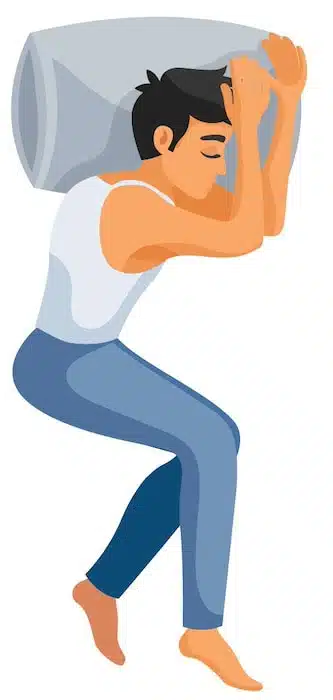
SIDE SLEEPERS
Side sleepers generally benefit from a softer (sometimes referred to as plush) mattress that can contour to their body and reduce pressure on hips and shoulders. Memory foam or softer latex are great options for a comfort layer. A hybrid mattress with a pocketed coils support layer is a good option for side sleepers.
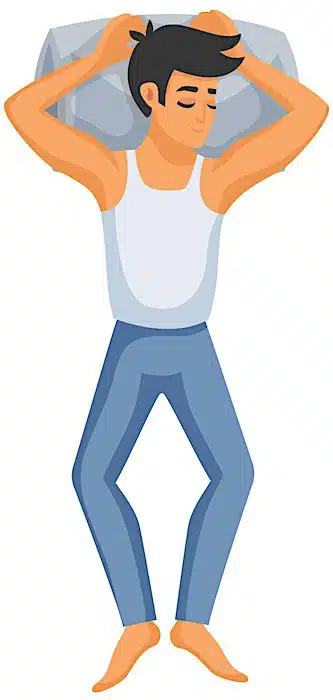
BACK SLEEPERS
Back sleepers tend to prefer a medium to firm mattress that provides adequate support for the lower back and spinal alignment. Keep in mind that lower BMIs will likely prefer less firm foams. Latex, memory foam, and hybrid mattresses can be good options for back sleepers.
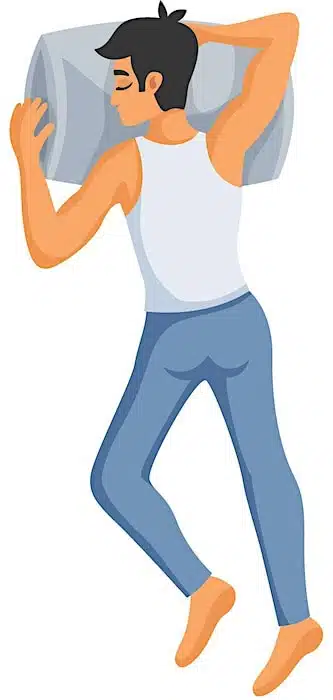
BELLY SLEEPERS
Belly sleepers typically prefer a firmer mattress that prevents their torso from sinking too far in and maintains proper spinal alignment. Wool mats, firmer foams, and hybrid mattresses are good options for stomach sleepers.
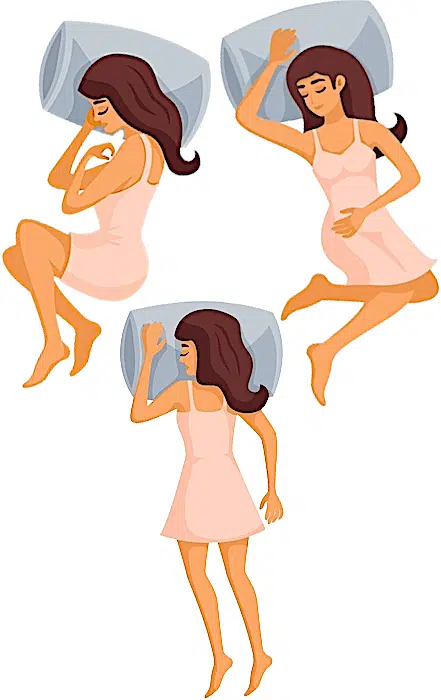
COMBO SLEEPERS
Many of us are combo sleepers, and we might want to consider a springier bed (pocket coils and/or latex) to help make changing positions easier. Combo sleepers should also consider a medium firmness mattress (depending on their BMI) with some extra pillows or a body pillow for support when sleeping on their side.
Does Your BMI Really Matter?
In the grand scheme of things, darling no, of course not. You are lovely and wonderful and amazing and perfect in every way. If we’re talking about the very, very limited situation of choosing your mattress layers, then well, yes, it matters.
If only because it is useful for considering how height and weight combine in relation to sleep surface. A 5’2″, 200-lb person will impact mattress layers much differently than a 6’2″, 200-lb person.
Body weight should be considered when you’re thinking of DIYing a mattress, particularly if you’re lighter or heavier for your height than average.
Mattresses can be made in a variety of thicknesses, from 6 inches to 16 inches or more, so if you want a supportive and comfortable night’s sleep it’s important that your DIY mattress suits your BMI. A 6″ or even 8″ thick mattress will likely be far too thin for someone with a BMI over 25.
For folks with a BMI of 25 or above, definitely consider reaching at least 9″ (or more) for your mattress thickness. The higher your BMI, the likelier it is that you’ll enjoy a thicker, firmer mattress more than someone with a lower BMI.
Your size & weight fluctuate,
so should your mattress.
We gain weight; we lose weight. Some of us get pregnant. We all get older. The point is we all experience body changes over the course of time.
With a zippered cover mattress that is customizable, changeable, and upgradeable, you can easily adjust your mattress as your needs evolve.

Kids grow so fast.
Make a mattress that grows with them.
Little kids can use thinner mattresses when they’re small, but with an expandable zippered cover, you can always add layers as your lil’ shorty grows.
Special Considerations:
Hot Sleeper?
If you struggle to keep cool at night, think about a hybrid mattress with a latex foam comfort layer. See also our hot sleeper DIY mattress blueprint.
Back Pain?
Often mattress-induced back pain results from a sleep style and/or BMI mismatch with your mattress.
Cold Sleeper?
Need a super cozy warm nest? Consider using memory foam or serene foam for your comfort layer, and a wool or featherbed topper. Vegan options are available, too.
GERD/Acid Reflux?
Folks battling GERD, reflux, and/or snoring often report sleeping better & feeling better when using an adjustable base or a head-elevating foam triangle.
Toss & Turn?
If you’re a flip-flopping toss & turner, you’ll likely want to avoid memory foams where you’ll sink into the mattress. It might seem counter-intuitive, but a bouncier bed – think pocketed coils and latex foam – will make it easier for you to change position in your sleep without waking you up and disrupting your sleep cycle, over and over again throughout the night.
How To DIY a Mattress …

Need A Little Help?
Take Online Mattress Quizzes
We’ve collected some of the better online mattress quizzes as we think they offer interesting insights to the DIYer.
While these quizzes are created by mattress companies to help you choose one of their mattresses, the questions can also help you identify the factors to consider when choosing what kind of mattress you might want to make.
Disclaimer
It’s important to note that these are useful but general guidelines and that individual preferences can and will play a significant role in determining the best mattress for each person.
We recommend visiting a mattress store to try out different mattresses in person to find the ones that feel the most comfortable & supportive for you. It’s a good way to know what you like and what you don’t.





